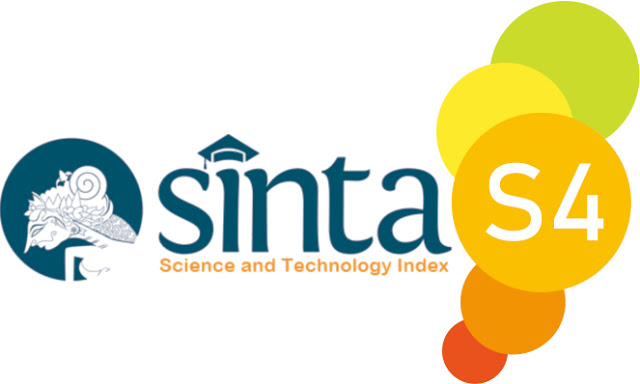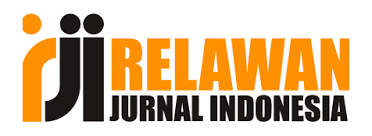RUMAH BUDAYA SEMAI LINO: MEDIA NARASI IDENTITAS PEREMPUAN KAMPUNG ADAT LEWOKLUOK DALAM KARYA TENUN IKAT
Abstract
The work of weaving is not just an activity of producing a cloth or sarong to wrap the human body, but is deeper as a work resulting from the sacrifice and perseverance of a woman who tells the history of tribal customs, the history of the village, and a form of respect for a woman who wants to be married to a man. The purpose of writing this article is to explain the Semai Lino cultural house and the work of Lewokluok women's ikat weaving from a feminist theological perspective. This article was written using a qualitative research method that focuses on literature studies in the form of books and journal articles that are appropriate to the theme being researched and the method of interviewing a number of key informants who are directly related to the theme being researched. The results of this study show that the Semai Lino cultural house contributes to reviving weaving culture as well as becoming a narrative of women's identity in ikat weaving works. From a feminist theological perspective, the Semai Lino cultural house and weaving culture are a form of resistance by Lewokluok women against patriarchal cultural domination. Apart from that, the Semai Lino cultural house and weaving culture are a transformational movement towards a new civilization, namely the creation of equality between men and women.
Copyright (c) 2024 Emanuel Tewarat Kumanireng, Jean Loustar Jewadut, Arnoldus Sofyano Boli Erap

This work is licensed under a Creative Commons Attribution-NonCommercial-ShareAlike 4.0 International License.

This work is licensed under a Creative Commons Attribution-NonCommercial-ShareAlike 4.0 International License







.png)




